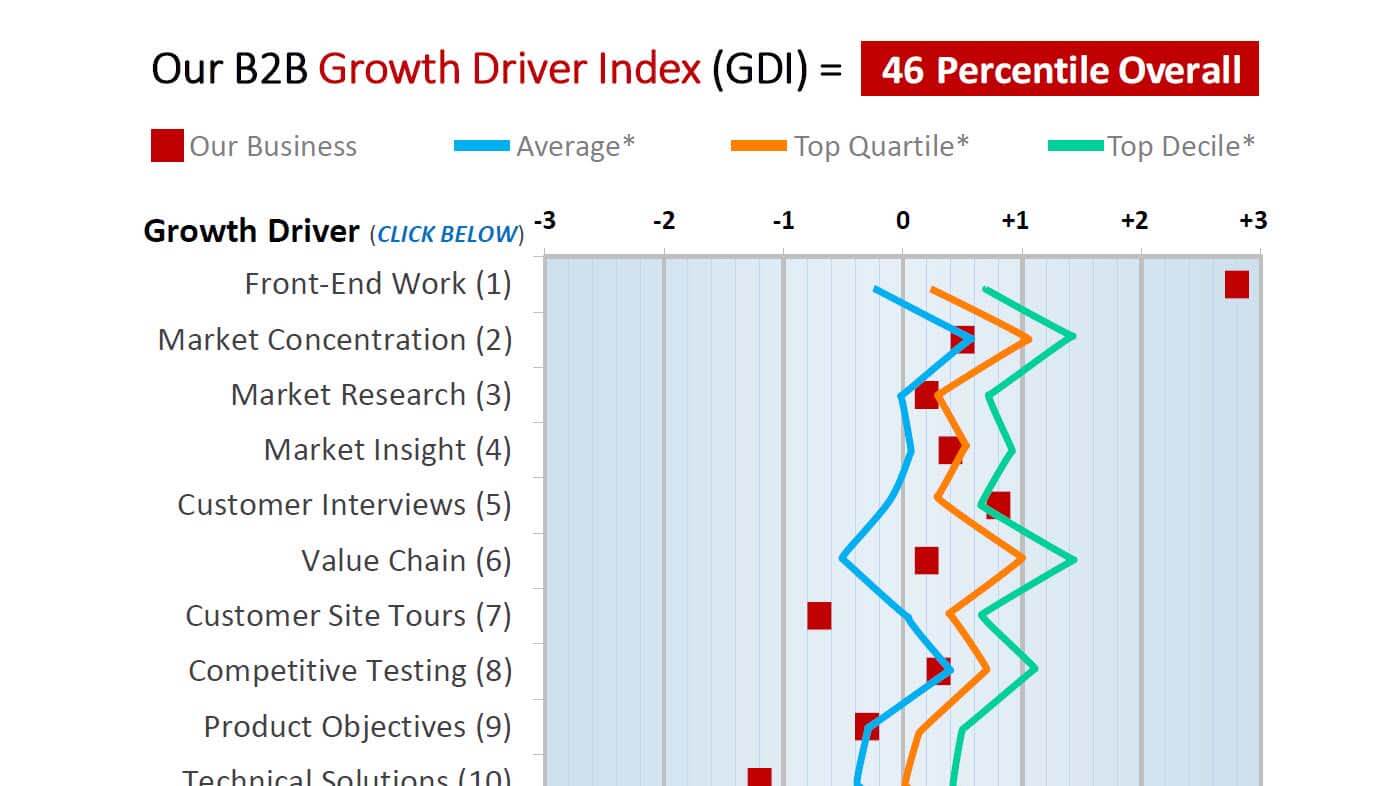In general, we do consider in-person interviews to be the gold standard. But there are 10 advantages of virtual VOC you shouldn’t overlook: 1) lower cost, 2) reaching dispersed customers, 3) viewable probing tips, 4) training for colleagues, 5) probing suggestions, 6) assistance for note-taker, 7) rapid de-briefing, 8) easier scheduling, 9) low-impact cancellations, and 10) greater project speed. To maximize effectiveness and efficiency, you’ll be wise to blend and balance both types of VOC. (See 2-minute video, Conduct virtual customer interviews.)
More in white paper, Virtual VOC
In 1965, DuPont scientist Stephanie Kwolek synthesized the first Kevlar polymer, an amazing fiber with five times the strength of steel. DuPont invested several hundred million dollars to commercialize the technology for tire cords, with disappointing results. It would be another decade before the company found its first major market for this material: bullet-proof vests.
How well does your company commercialize technology? Want to do it faster, more efficiently, and with greater confidence? You can, with six steps outlined in this white paper, Commercialize technology in 6 foolproof steps.
More in this 2-minute video, How to pursue transformational projects
If you hired a great “business growth” coach, she’d probably have you follow the same plan as a golf or football coach: 1) objectively assess your current capabilities, 2) develop a comprehensive improvement plan, and 3) track your progress in improving these capabilities.
Why not follow this same approach for building your organic growth capabilities? Step 1 can be a free diagnostic of your business’s growth capabilities at www.b2bgrowthdiagnostic.com, which benchmarks your business against others on 24 growth drivers. You can then run this free diagnostic annually. The key word here is capabilities: Too many leaders fixate only on results, forgetting that capabilities drive results.
More in 2-minute video, Build your growth capabilities
If your company has a P/E ratio of 20, only 5% of its value comes from this year’s performance (that is, your earnings this year). The other 95% comes from the market’s expectations of your company’s future: That’s all that’s left.
So business leaders probably spend 95% of their time where the value is… ensuring future growth will be rapid, profitable and sustainable, right? Ummh… well… not so much. Strangely enough, many management teams fixate on this year’s results. You say your investors won’t let you think past this year? What about Amazon, that took 7 years to turn a profit? Warren Buffet said, “Companies obtain the shareholder constituency that they seek and deserve.”
More in this 2-minute video, Shareholder wealth is a poor goal
A builder is someone who drives business growth by delivering real value to customers, brushing aside fads, short-term distractions, and financial gymnastics. Others are remodelers, improving efficiency, quality & costs…but if nothing new is built, they lead a race to the bottom. Others are decorators, trying to boost “curb appeal,” as they focus on quarterly financials. They’re engaged in a spectator sport, not a participant sport. Finally, some are realtors, reaping their rewards during M&A… when the work of others’ hands changes hands.
Does this mean you should forget about operational efficiency, financial reporting, or M&A? Of course not. But what is your passion? For the builder, it’s delivering customer value and driving organic growth over the years.
More in this 2-minute video, Be a business builder
Design thinking isn’t new: The concept was first introduced by Nobel Prize laureate Herbert A. Simon in his 1969 book, The Sciences of the Artificial. It’s been “catching on” more and more in new product development circles, which is a very good thing. My favorite part is that it doesn’t start with well-defined problems, like the ones we were handed in engineering school. Rather, it’s a user-center process that encourages us to enter the customers’ world and understand it better. Especially their desired outcomes. This graphic shows the differences.
More in white paper, Design Thinking Optimized for B2B
Yes, it’s called the Commercial Confidence Index (CCI), and it’s easy to calculate: Step 1: Record your annual R&D spending for each significant product development project. Step 2: For each project, ask if you have quantified evidence of customer needs, e.g. Market Satisfaction Gaps. If “yes,” the project goes in the “Known Need” bucket. All others go in the “Assumed Need” bucket. Step 3: The CCI is your annual R&D spending on Known-Need projects divided by annual spending on all product development projects.
More in 2-minute video, Employ new growth metrics







